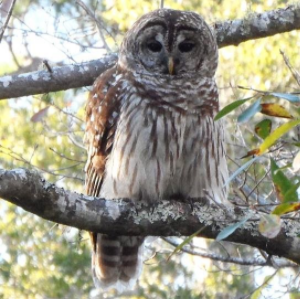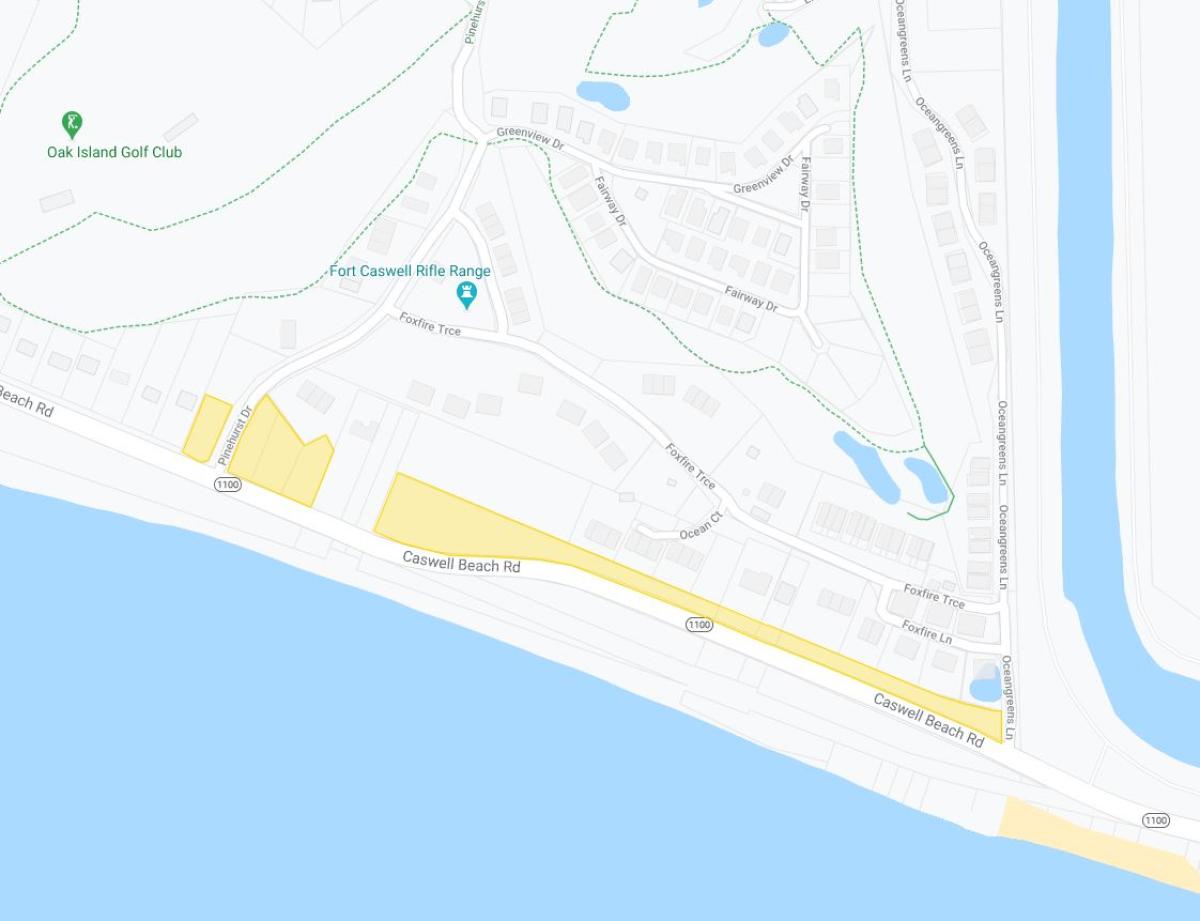
Maritime Forest provides protection from storms, buffers temperatures and provides habitat for wildlife. In North Carolina, these habitats are becoming increasingly rare. Caswell Beach is home to a 10-acre parcel of Maritime forest, located along Caswell Beach Road.
According to the N.C. Wildlife Resources Commission, Maritime Forests are so rare and threatened that their recommendation is to avoid impacting them altogether. These habitats are among the most endangered in our state and their condition is considered extremely poor. Many things affect the health of the forest. Studies have shown that opening the forest canopy allows increased salt penetration to the forest interior and while ocean side plants remain the same, bay side plants suffer. Both tree viability and canopy height are affected. Since Maritime Forests are extremely fragile and very susceptible to fragmentation, irreparable damage and possible loss of the forest can occur.
As home for much of our wildlife, the ecosystems of the forest provide critically important breeding and migration stopover points for many coastal birds, are key breeding habitats for declining populations of the eastern painted bunting, and provide a habitat for reptiles, toads, frogs and small mammals that are a conservation concern by state and federal agencies.

As the second line of defense from adverse hurricanes and nor’easters, the Maritime Forest is vital in protecting the Town from wind and water damage and assisting in keeping the land from washing into the ocean during even minor storms. According to NOAA, Maritime forests protect our shorelines from ongoing movement of the coast. They also act as a primary watershed. Within the Maritime Forest sand and salt in the wind prunes the terminal buds in the canopy top encouraging lateral growth which gives the forest the wind swept look. The streamlining of the canopy profile assists growth in several ways:
- The profile deflects wind up and over the forest preventing trees from being uprooted during a storm.
- The canopy provides shelter to the understory plants and protects from large temperature fluctuations reducing soil heating during the day and cooling at night.
- Trees in the windward side show increased lateral growth making them denser overall than interior trees. Because they are denser they collect the majority of salt spray deposits protecting the interior trees from salt spray. This allows the interior trees to become more like main land trees in height.
In 2018, Caswell Beach Plantation (which consists of four property owner associations) along with the Town of Caswell Beach put measures in place to protect this area to keep it “as pristine and natural as possible” The Town Commissioners codified protection of this area through Ordinance § 98.01 Protection And Maintenance Of Areas Zoned Conservation, which provides guidance on areas identified for conservation.
